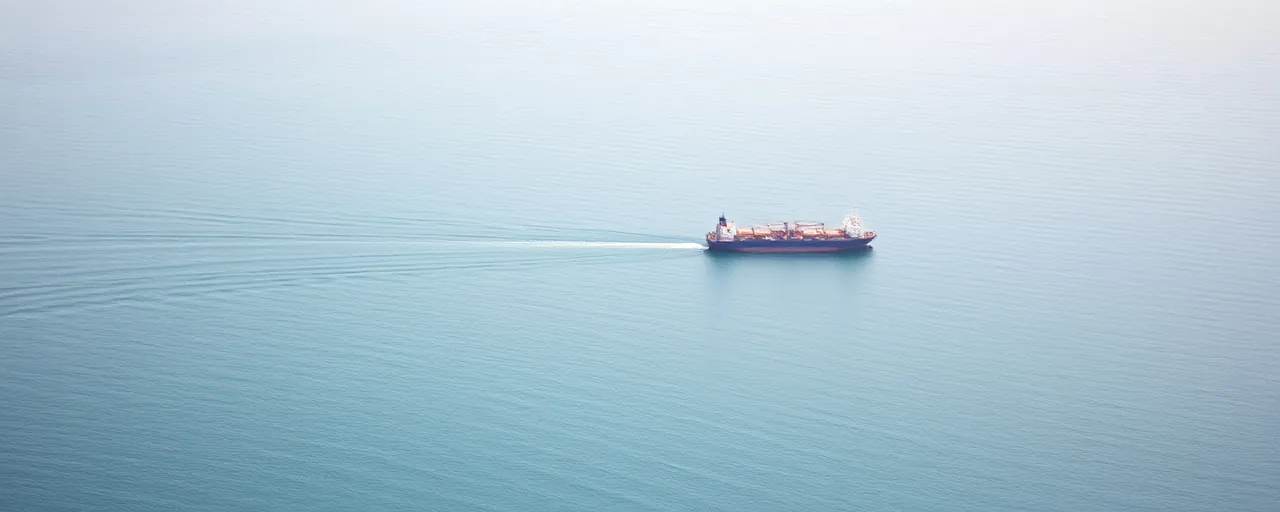A Sudden Spotlight on Shipping
Jugwinder Singh Brar, an Indian national based in the United Arab Emirates, likely never expected his shipping ventures to draw international attention. Yet, on April 10, 2025, the U.S. Department of the Treasury turned its gaze on him, designating Brar and his companies for their role in transporting Iranian oil. Operating a fleet of nearly 30 vessels, Brar’s businesses have become a key link in a clandestine network that keeps Iran’s oil flowing to global markets despite stringent sanctions. This move by the Treasury’s Office of Foreign Assets Control (OFAC) reveals a tangled web of maritime operations that defy easy oversight.
The announcement didn’t come out of nowhere. It’s part of a broader U.S. effort to choke off Iran’s oil revenue, a lifeline for its economy and military activities. Brar’s fleet, often described as part of Iran’s 'shadow fleet,' uses smaller tankers to shuttle oil through high-risk transfers at sea, blending it with other nations’ products to mask its origins. For readers new to this world, it’s a glimpse into how global trade can operate in the shadows, affecting everything from fuel prices to international relations.
How the Shadow Fleet Operates
Brar’s operation hinges on a fleet of Handysize tankers, smaller vessels that stick to coastal waters and carry less cargo than their giant counterparts. These ships engage in ship-to-ship transfers, loading Iranian oil from other shadow fleet vessels or even smuggled batches from fishing boats. The process can take days, with oil moving from one ship to another in waters off Iraq, Iran, the UAE, and the Gulf of Oman. Once loaded, the oil often gets mixed with products from elsewhere, paired with falsified documents to hide its Iranian roots, before heading to buyers worldwide.
The tactics are intricate. Vessels frequently disable their Automatic Identification Systems, making them vanish from tracking screens, or manipulate signals to fake their locations. Historical patterns show this isn’t new; Iran has leaned on such methods for years, adapting as sanctions tightened. Recent research highlights how China, snapping up 85-90% of Iran’s crude at discounted rates, keeps this trade alive. The discounted price, often $5 cheaper per barrel than global benchmarks, makes it a tempting deal for buyers willing to look the other way.
The Players and the Stakes
Brar’s companies, including UAE-based Prime Tankers LLC and Glory International FZ-LLC, alongside India-based Global Tankers Private Limited, form the backbone of this operation. The Treasury also targeted two vessels and four entities tied to these firms for their role in moving Iranian oil, often on behalf of Iran’s National Iranian Oil Company or its military. Beyond Brar, the network involves facilitators like Houthi financial figures in Yemen, who coordinate evasion tactics. It’s a sprawling system, with each player profiting from the gaps in global enforcement.
On the flip side, the UAE and India face mounting pressure to tighten their oversight. The UAE has rolled out stricter anti-money laundering rules, aligning with international standards, yet loopholes persist in tracking shadowy trade. India, a frequent port of call for Brar’s ships, grapples with balancing its energy needs against calls for tougher compliance. Both nations sit at a crossroads, caught between economic ties with Iran and demands from Western allies to clamp down on evasion.
Ripple Effects on Global Trade
This shadow trade doesn’t just prop up Iran; it sends waves through the global economy. By sneaking oil into markets, Iran undercuts sanctions aimed at curbing its influence, keeping cash flowing for its regional ambitions. Buyers like China benefit from cheap oil, but the practice distorts prices and trade flows elsewhere. Research shows Iran’s output hovers around 3.6 million barrels daily, a figure that could drop by 200,000 barrels under tighter U.S. enforcement, a hit its economy can ill afford.
Enforcement remains a slog. Maritime experts point to the challenges of policing ship-to-ship transfers in busy waters, where satellite surveillance and international cooperation often lag. The environmental stakes are high too; these aging, loosely regulated ships risk spills that could devastate marine ecosystems. Past efforts to curb similar fleets, like Russia’s, show progress is possible but slow, requiring a delicate balance of penalties and diplomacy.
A Game of Trust and Triumph
The Treasury’s latest designations aim to disrupt this oil lifeline, freezing Brar’s assets in the U.S. and barring American dealings with his firms. It’s a signal to others in the trade: the risks are climbing. Yet, history suggests Iran adapts fast, shifting to new routes or partners. The U.S. frames this as a push for accountability, not punishment, hoping to nudge players like Brar out of the game. Whether that works depends on how far enforcement can stretch across borders and seas.
For everyday people, the impact feels distant but real. Oil prices at the pump, tensions in the Middle East, even the air quality tied to shipping emissions, all tie back to this hidden fleet. It’s a reminder that global systems are messier than they seem, with players like Brar operating in the gray spaces. The question lingers: can the world close these gaps, or will the shadow fleet just find another way to sail?
